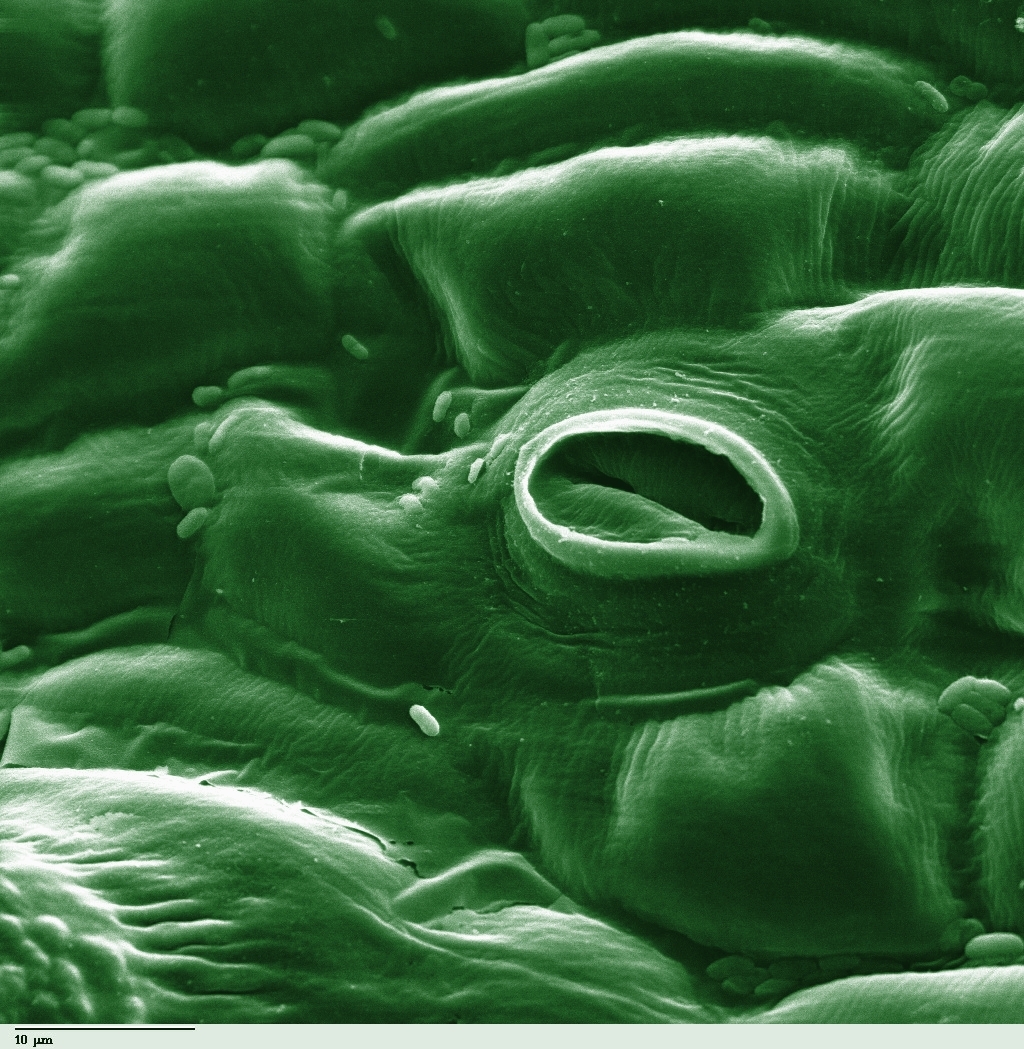A biological law which governs the structure of branching systems in nature is the basis for research at Cambridge University which, it is claimed, could improve performance of a range of devices from rechargeable batteries to high-performance gas sensors.
The research, led by Prof Bao-Lian Su of Clare Hall, Cambridge University, and working with teams from Su’s other institutions - Wuhan University of Technology in China and the University of Namur in Belgium - is making and studying materials whose structures obey Murray's Law.
This a rule is seen in branching structures such as circulatory and respiratory systems in animals and in leaf pores, where networks of pores of different scales are interconnected in such a way as to assist the transport of materials through the system and reduce the energy needed to push them through the system.
The team has synthesised its materials from particles of zinc oxide, a mineral that is porous at the nanometre scale. Using a layer-by-layer evaporation-driven self-assembly process, the researchers made a material that incorporates pores between each ZnO particle. As the solvent evaporates, this creates further pores, larger than both those in the particles themselves and those introduced in the self-assembly process. This structure is known as a "three-level Murray material". Manipulation of the process ensures that the diameter of the pores followed the ratio seen in the natural Murray’s law.

The team claims that these are the first ever synthetic Murray materials, and in a paper in Nature Communications explains that their structure improves performance of three specific processes: photocatalysis, gas sensing, and lithium ion battery electrodes.
In the first of these, they demonstrated that the light-modulated breakdown of an organic dye in water was improved using the material, as it was easier for the dye to enter the pore network. In the second case, they created a Murray material with a structure similar to the breathing tubes of insects, which showed fast and sensitive gas detection with high repeatability. In the third, they showed that the material formed a battery electrode with improved stability and fast charge/discharge capability for lithium iron storage, with the change in pore scale reducing stress on the material during charging and discharging. The capacity of the material for lithium ion storage was 25 times that of the current best graphite materials used in lithium ion electrodes, they claim.
"This very first demonstration of a Murray material fabrication process is incredibly simple and is entirely driven by the nanoparticle self-assembly,” commented Dr Tawfique Hasan, of the Cambridge Graphene Centre, part of the University's Department of Engineering, and co-author of the paper. “Large scale manufacturability of this porous material is possible, making it an exciting, enabling technology, with potential impact across many applications."
Prof Su added: “"This study demonstrates that by adapting Murray's Law from biology and applying it to chemistry, the performance of materials can be improved significantly. The adaptation could benefit a wide range of porous materials and improve functional ceramics and nano-metals used for energy and environmental applications."
Systems where materials undergo reactions inside the pores are particularly exciting, he said, as they could be designed and synthesised for “highly enhanced efficiency, minimum energy, time, and raw material consumption for a sustainable future."





Glasgow trial explores AR cues for autonomous road safety
They've ploughed into a few vulnerable road users in the past. Making that less likely will make it spectacularly easy to stop the traffic for...